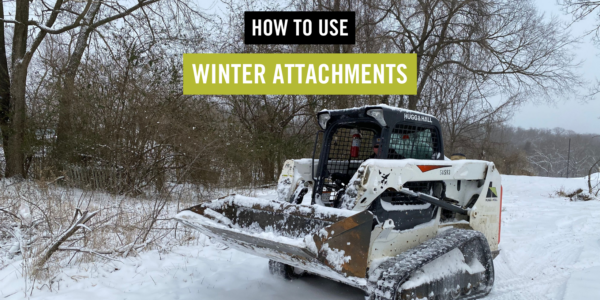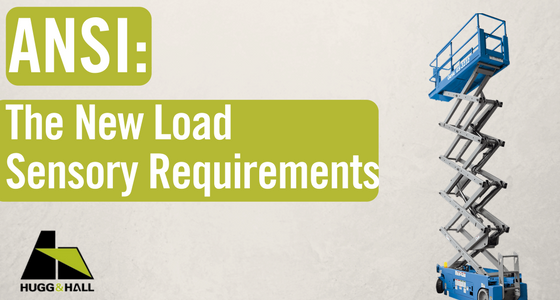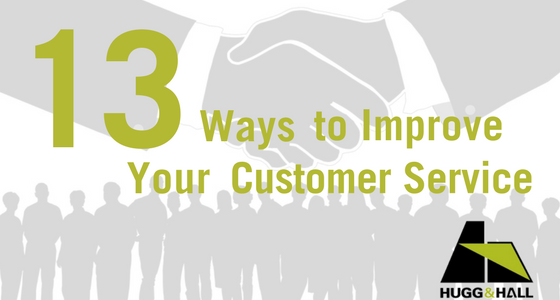
Resolutions: 10 Tips For Reaching Your Goals In 2019
The new year is nearly upon us, as such, it’s the time of year for...

The new year is nearly upon us, as such, it’s the time of year for...

Attachments for skid-steers, backhoes, and wheel loaders are an effective option for snow-clearing and winter...

There will soon be drastic changes enacted to the current regulation of certified boom and...

Choose Clear, Calm and Concise Communication Practices Make sure you’re using clear and direct wording...